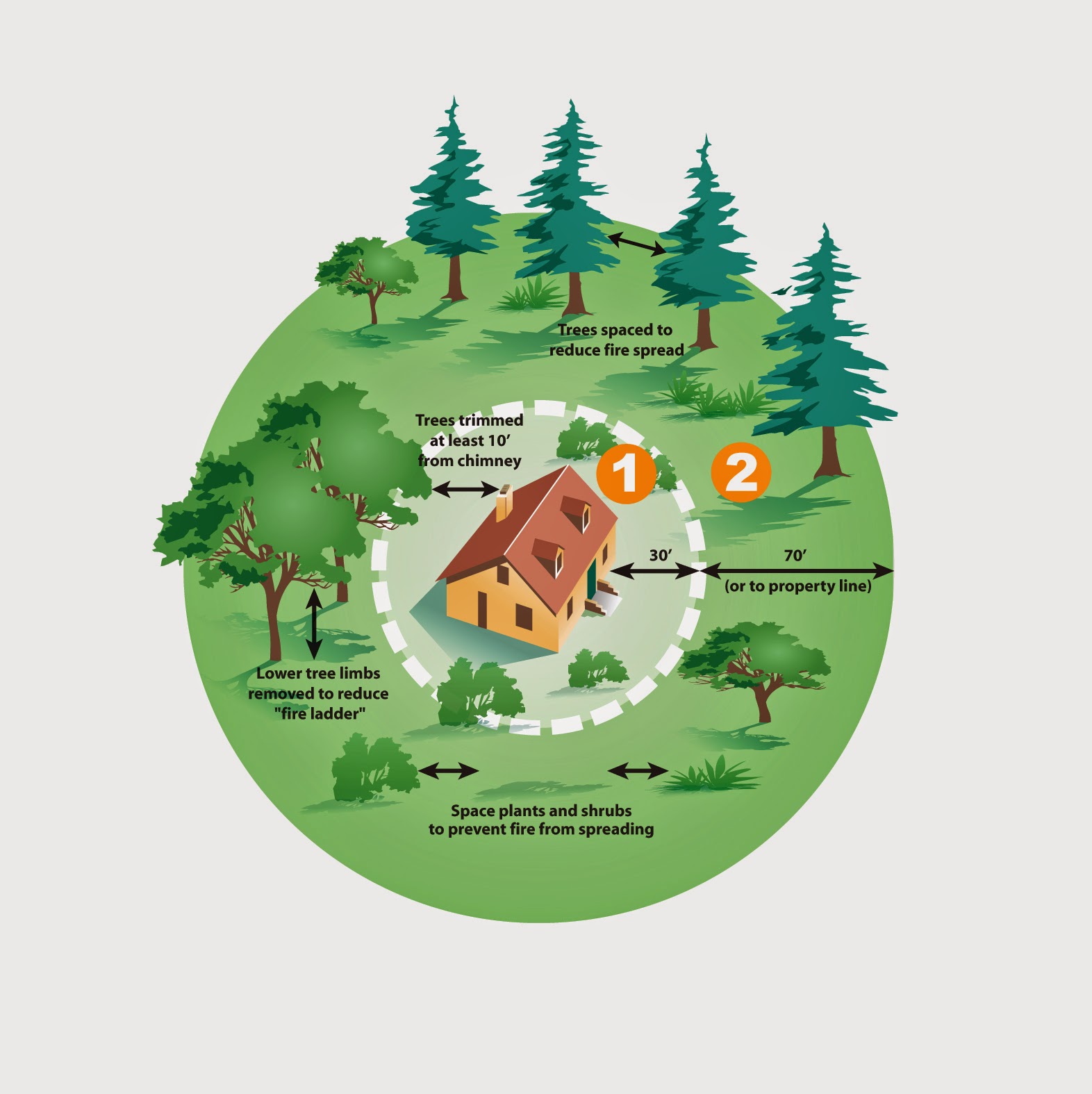 |
| Bumblebee |
First things, first: What are pollinators?
Many insects, birds, and animals help move pollen between flowers and act as “pollinators”. Butterflies, moths, bees, wasps, and flies are examples of insect pollinators. When a pollinator visits a flower it is looking for food but while feeding, these insects inadvertently transfer pollen grains between flowers and help the plants produce fruit and seeds.
Next: Why is pollination important to plants?
Pollination is important because it leads to the production of fruits we can eat, and seeds that will create more plants. Pollination begins with flowers. Flowers have male parts that produce very small grains called pollen. Pollination is the transfer of pollen grains from one flower to another.
And, so: What are the importance of insect pollinators?
 |
| Pollen Wasp |
- Pollinators support biodiversity: There is a correlation between plant diversity and pollinator diversity.
- The pollinator population of an area is a great indicator of the overall health of an ecosystem.
- Some crops, including blueberries and cherries, are 90 percent dependent on honey bee pollination.
- Honey bees visit five million flowers to make one pint of honey.
- To produce 150 pounds of honey, bees cover a distance equal to 13 trips to the moon and back.
- 90 percent of the nation's apple crop is pollinated by bees.
- There are 4000 bee species in the U.S.
- Increased yields and higher quality crops are benefits that growers and consumers realize from a healthy pollinator population, native or managed.
- Worldwide, approximately 1,000 plants grown for food, beverages, fibers, spices, and medicines need to be pollinated by insects and animals in order to produce the goods on which we depend.
- It’s estimated that there are about 2.4 million bee colonies in the U.S. today, two-thirds of which travel the country each year pollinating crops and producing honey and beeswax.










